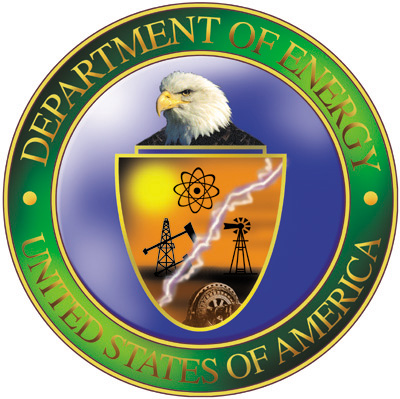
![NSF/CISE holding CAREER proposal writing workshops [image courtesy NSF]. NSF/CISE holding CAREER proposal writing workshops [image courtesy NSF].](https://cccblog.org/wp-content/uploads/2011/02/46766167NSF.jpeg)
 The National Science Foundation (NSF), through its cross-cutting Science, Engineering, and Education for Sustainability (SEES) initiative and together with the Department of Agriculture (USDA) and Department of Energy (DoE), is seeking proposals for its Earth Systems Modeling (EaSM) program. The goal of EaSM is to foster interdisciplinary efforts aimed at the “development and application of next-generation Earth System Models” that enable a better understanding of climate change, how it is likely to affect the world, and how we can plan for its consequences. Full proposals are due by May 11, 2012.
The National Science Foundation (NSF), through its cross-cutting Science, Engineering, and Education for Sustainability (SEES) initiative and together with the Department of Agriculture (USDA) and Department of Energy (DoE), is seeking proposals for its Earth Systems Modeling (EaSM) program. The goal of EaSM is to foster interdisciplinary efforts aimed at the “development and application of next-generation Earth System Models” that enable a better understanding of climate change, how it is likely to affect the world, and how we can plan for its consequences. Full proposals are due by May 11, 2012.
According to the solicitation:
This interdisciplinary scientific challenge calls for the development and application of next-generation Earth System Models that include coupled and interactive representations of such things as ocean and atmospheric currents, human activities, agricultural working lands and forests, urban environments, biogeochemistry, atmospheric chemistry, the water cycle and land ice. This solicitation seeks to attract scientists from the disciplines of geosciences, social sciences, agricultural and biological sciences, mathematics and statistics, physics, and chemistry. Successful proposals will develop intellectual excitement in the participating disciplinary communities and engage diverse interdisciplinary teams with sufficient breadth to achieve the scientific objectives. We encourage proposals that have strong broader impacts, including public access to data and other research products of general interest, as well as educational, diversity, or societal impacts.
The long-term goals of this solicitation are to improve on and extend current Earth System modeling capabilities to [after the jump]:
- Achieve comprehensive, reliable global and regional predictions of decadal climate variability and change through advanced understanding of the coupled interactive physical, chemical, biological, and human processes that drive the climate system.
- Quantify the impacts of climate variability and change on natural and human systems, and identify and quantify feedback loops.
- Maximize the utility of available observational and model data for impact, vulnerability/resilience, and risk assessments through up/downscaling activities and uncertainty characterization.
- Effectively translate climate predictions and associated uncertainties into the scientific basis for policy and management decisions related to human interventions and adaptation to the projected impacts of climate change.
The following are specific areas of interest to the funding agencies for EaSM 2:
- Research that has the potential to dramatically improve predictive capabilities;
- Prediction and attribution studies;
- Research that addresses critical issues linking relevant Earth system processes over a variety of spatial and temporal scales;
- Research that examines the relationships between climate variability and change to human and natural environments from the human perspective;
- Development and applications of metrics, methods, and tools for testing and evaluating climate and climate impact predictions and their uncertainty characterization.
Of particular note to the computing research community (emphasis added):
…[Problems] arise in model initialization and climate change attribution when the sparseness and heterogeneity of available data is considered. Mathematical and statistical techniques are needed to optimize the merging of available data towards the development of equilibrium climate states for model initialization. As these many issues are addressed, the new knowledge generated becomes the basis for continuing improvements in the reliability of future, more complete versions of Earth System Models…
Diverse teams of researchers involved in parallel, interdisciplinary, and complementary activities are required to advance the field of Earth System Modeling. Cyberinfrastructure should be utilized to support the development, growth, and effectiveness of collaborating teams while also supplying shared compute and data platforms to a wide range of users of climate and climate impact predictions and information. It is anticipated that projects funded by EaSM will yield more than incremental results in individual models, but instead will transform the conduct of climate science, greatly increasing the impact of research outcomes.
NSF, USDA, and DoE expect to make up to $39 million available for the EaSM program in FY 2012 and 2013, pending availability of funds. Individual projects should be in the range of $300,000 to $1 million per year for up to five years.
To learn more, check out the full solicitation here. And see our previous coverage of NSF’s SEES investment here.
(Contributed by Erwin Gianchandani, CCC Director)









